When it comes to strokes, most people assume it’s all about genetics or age—but your plate might be playing a bigger role than you think.
The truth is, certain foods can sneakily raise your risk of stroke, while others act like bodyguards for your brain. And the wild part? Some of the worst offenders are everyday items you’d never suspect, hiding in your pantry right now.
But don’t worry—this isn’t just a list of stuff you need to give up. It’s also a celebration of the delicious foods that help protect your heart and mind. We’re talking real, tasty options that make you feel good and do good.
So whether you’re here for a pantry purge or looking to power up your meals with stroke-fighting nutrients, we’ve got you covered.
Let’s break it down—twelve foods that increase your stroke risk… and twelve that help keep it far, far away.
1. Processed Meats

That deli turkey might look innocent between two slices of rye, but it’s secretly plotting against your arteries. Processed meats—like salami, hot dogs, and bacon—are pumped full of sodium and preservatives like nitrates that do more harm than good.
Over time, all that salt raises your blood pressure, and those sneaky chemicals damage the lining of your blood vessels. Your circulatory system starts throwing a fit, and before you know it, your stroke risk is climbing.
Sure, they’re convenient and taste like childhood lunches, but moderation is key. If you’re stacking meat on your sandwich like you’re building Jenga, it might be time to scale back. Your heart (and brain) will thank you later.
2. Fast Food
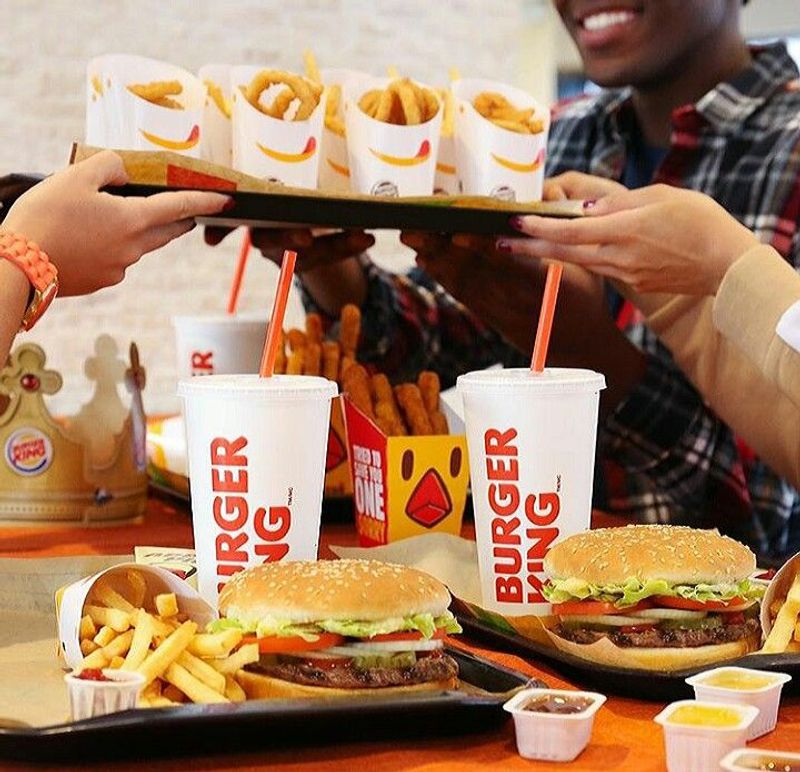
Sometimes nothing hits the spot like a greasy cheeseburger or crispy chicken sandwich. But that craving comes at a cost—and your arteries are footing the bill.
Fast food is the ultimate triple threat: high in sodium, saturated fats, and refined carbs. Together, they raise your blood pressure, clog your arteries, and mess with your blood sugar like a chaotic trio of villains in a superhero movie.
Eat it often enough, and you’re laying the groundwork for a serious cardiovascular disaster. Yes, the fries are crispy and the milkshake’s thick, but your blood vessels don’t care—they’re begging for a break.
Treat fast food like that wild friend from college: fun in small doses, but not someone you want to see every day.
3. Canned Soups
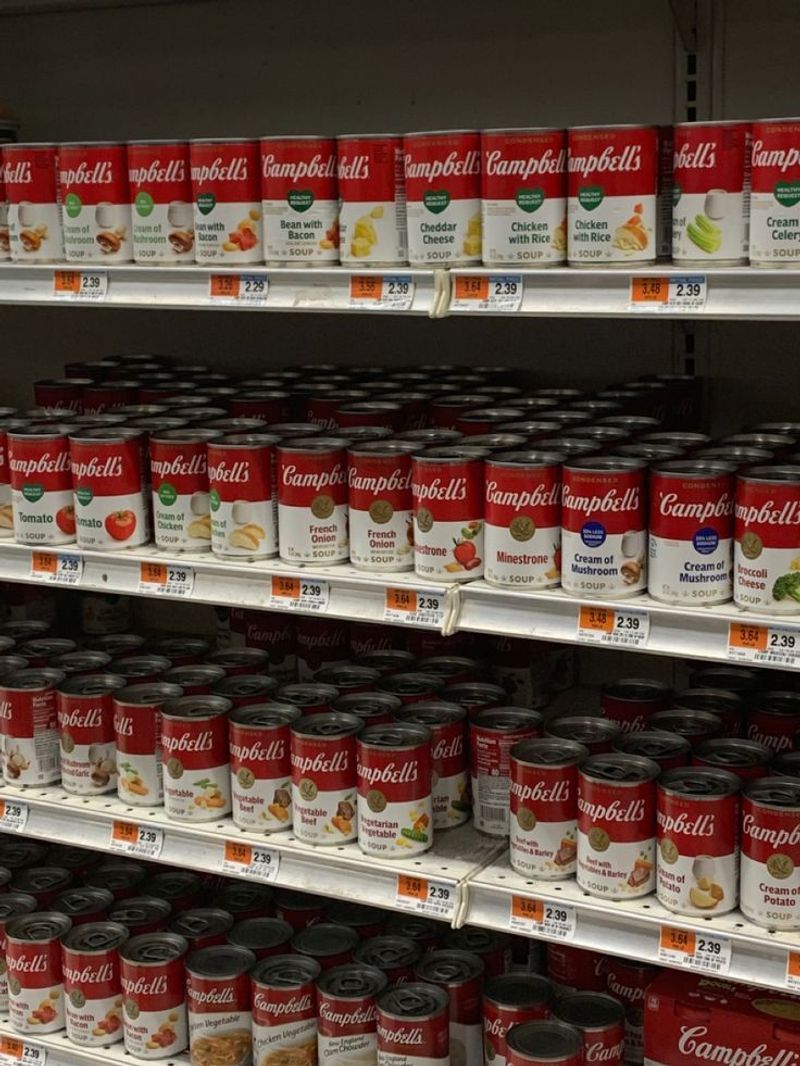
A cozy bowl of soup on a cold day sounds harmless, right? Not when it’s sneaking in more sodium than a salt shaker on steroids.
Most canned soups are a salty swamp of preservatives and flavor enhancers. One serving might seem manageable—until you realize you just ate three servings in one sitting. The result? A blood pressure spike that would make your doctor raise an eyebrow.
Even the “healthy” versions can be deceptive. That “low-fat chicken noodle” still has enough sodium to make your arteries feel like they’re marching through a desert. If you love soup (and who doesn’t?), try making it at home with fresh ingredients. Your taste buds still win, and your heart gets to relax.
4. Packaged Snacks (Chips, Crackers)
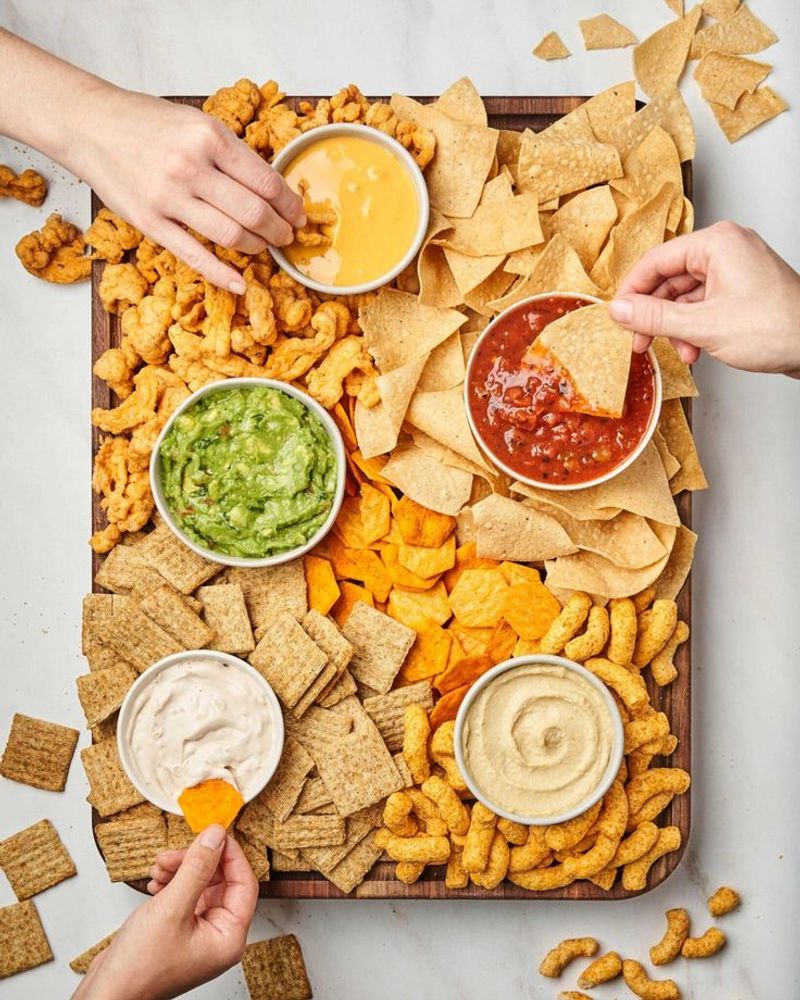
You open the bag for just a handful, and before you know it—you’re licking salt off your fingers and wondering where the bottom of the bag went.
Chips, crackers, and other crunchy packaged snacks are engineered to be irresistible. But what you’re really chewing on is a cocktail of sodium, refined carbs, and unhealthy oils. That combo inflames your blood vessels and drives your blood pressure into overdrive.
Even the “baked” or “low-fat” versions aren’t always safe. They can still be packed with salt and processed ingredients that your body doesn’t quite know what to do with. If you’re snacking daily, you might be crunching your way toward trouble.
Next time, consider air-popped popcorn or a handful of unsalted nuts. Crunchy? Yes. Cardiovascularly dangerous? Nope.
5. Sugary Beverages
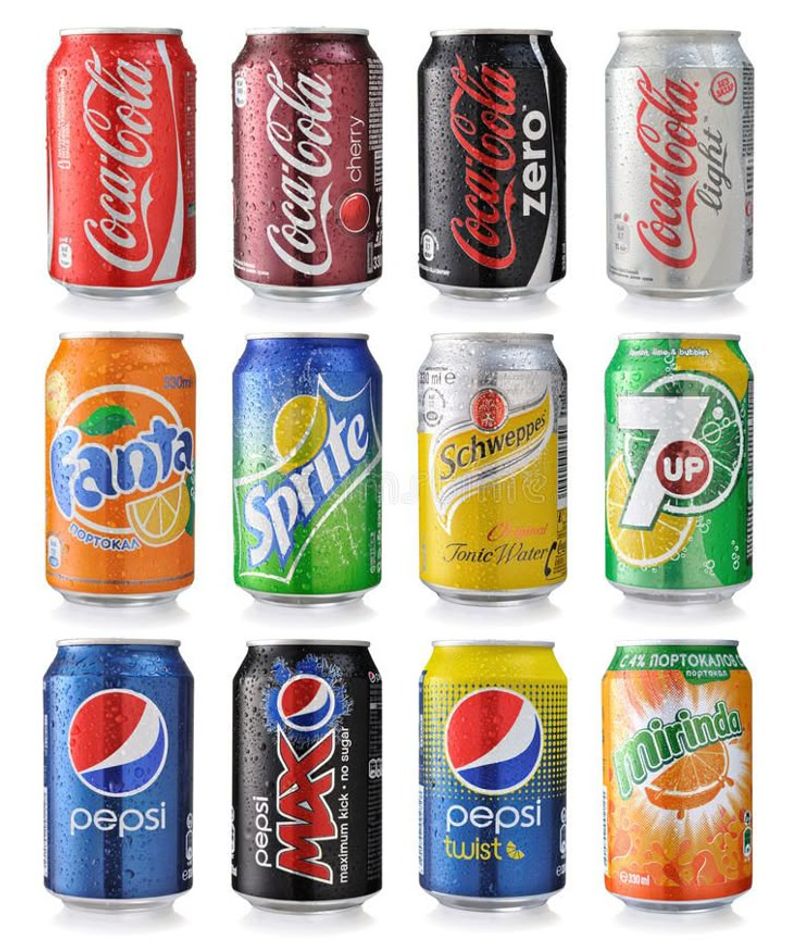
Sweet tea, soda, and those unicorn-colored iced lattes might be refreshing, but they’re like liquid grenades for your health.
These drinks deliver a sugar rush that your body doesn’t know how to handle. Excess sugar spikes your blood glucose, encourages weight gain, and increases your risk of type 2 diabetes—all major stroke contributors. It’s like your bloodstream is drowning in syrup.
And don’t be fooled by labels like “all-natural” or “fruit juice.” Even those can have as much sugar as a can of cola. Your best bet? Stick to water, herbal tea, or sparkling water with a splash of citrus.
Your brain and blood vessels will do a happy dance every time you skip the sugar bomb.
6. Baked Goods (Pastries, Donuts)
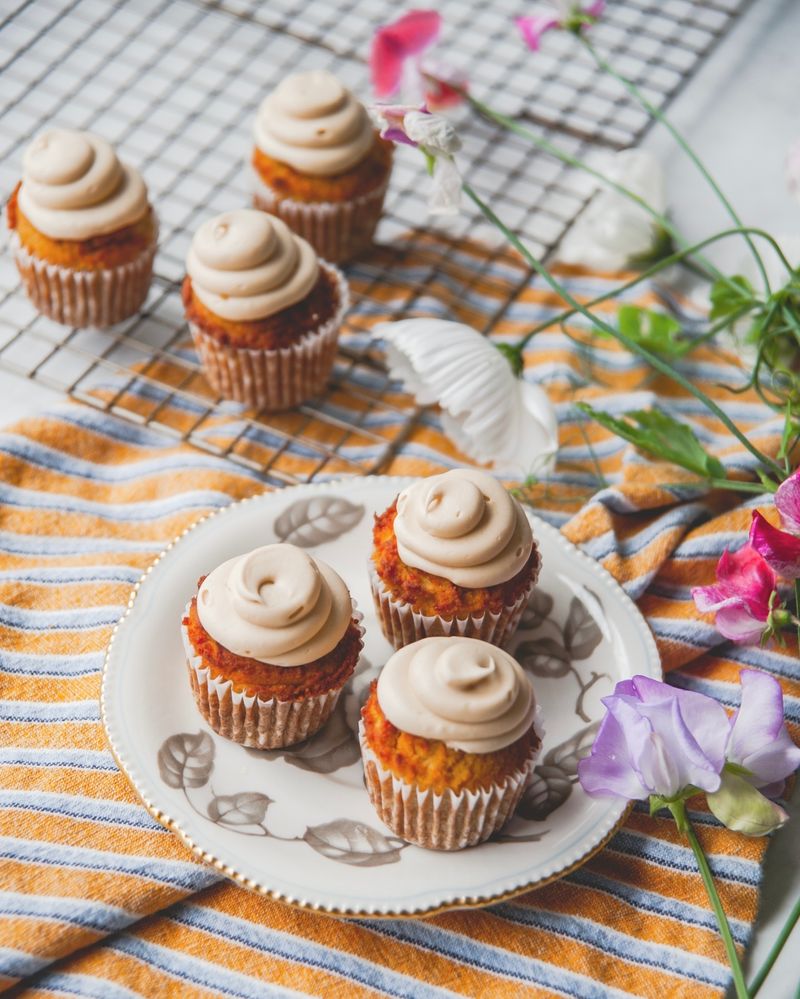
There’s something comforting about a flaky croissant or gooey cinnamon roll—but inside those golden layers lies a not-so-sweet truth.
Most baked goods are high in trans fats, saturated fats, and refined sugars. This combo is basically a stroke’s best friend. They raise your LDL (“bad”) cholesterol and cause inflammation throughout your body. That warm muffin may as well be giving your arteries a bear hug… and not the good kind.
Even the ones labeled “vegan” or “gluten-free” can be loaded with sugar and bad fats. You’re better off saving pastries for rare occasions and choosing whole-grain toast or fruit when that morning craving strikes. Your brain deserves better fuel than a sugar crash.
7. Red Meat
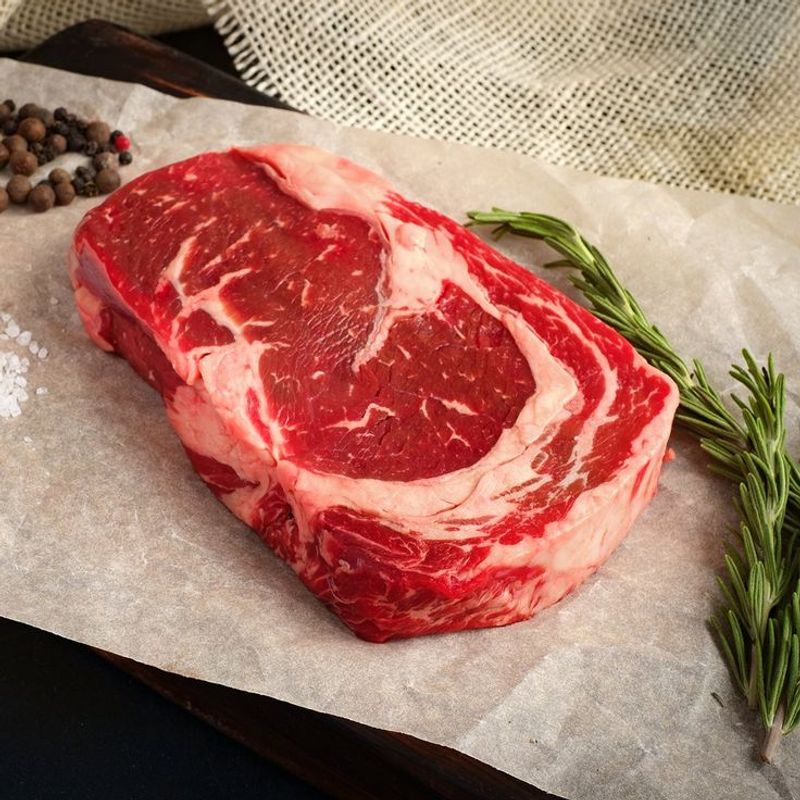
A sizzling steak might look like love on a plate, but it’s got a history of stirring up cardiovascular drama.
Red meat—especially the marbled, fatty kind—is rich in saturated fats that increase cholesterol and build plaque in your arteries. Over time, this gunk narrows your blood vessels and increases your risk of a clot (a.k.a., the villain behind many strokes).
Eating red meat occasionally won’t destroy you, but if it’s your go-to protein five nights a week, it’s time to rethink the menu. Try swapping in lean poultry, fish, or plant-based proteins a few days a week. Your arteries will breathe a sigh of relief, and your taste buds might discover something new to obsess over.
8. Fried Foods
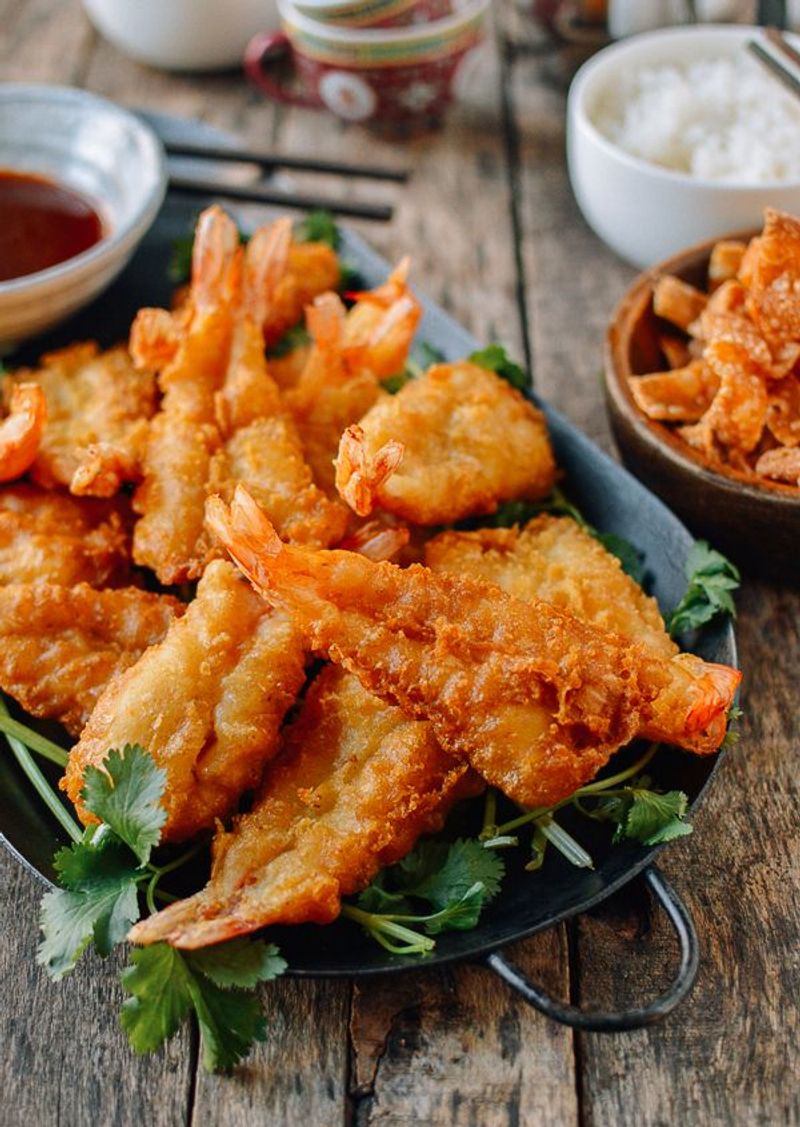
Golden, crispy, and oh-so-satisfying—fried foods hit all the right spots for your taste buds, but your cardiovascular system is waving a red flag.
The problem lies in the oil bath. Frying at high heat creates trans fats—those pesky fats that raise bad cholesterol and lower the good kind. That’s a double-whammy your body doesn’t bounce back from easily.
And it’s not just French fries or fried chicken. Mozzarella sticks, fried shrimp, even those tempura veggies can pack a fatty punch. If your meals regularly look like they’ve taken a swim in hot oil, your arteries are probably on high alert. Try baking or air-frying for that same crispy vibe without the cardiovascular fallout.
9. Instant Noodles
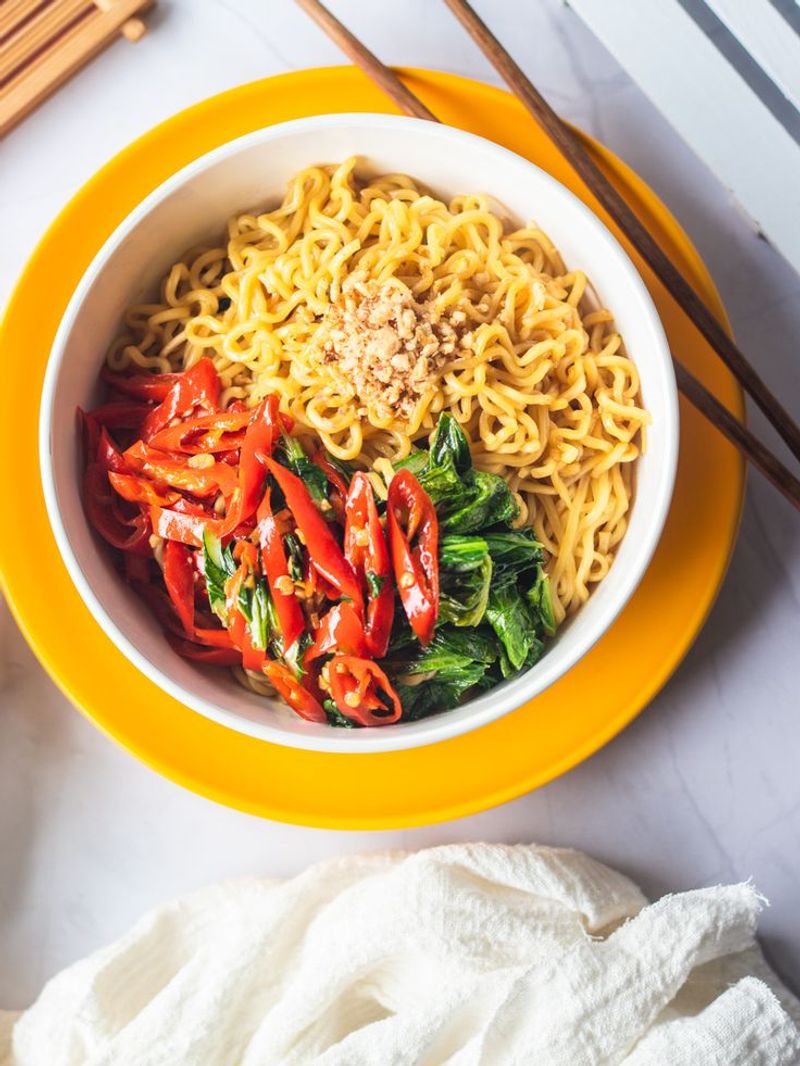
They’re cheap, quick, and oddly comforting. But those instant noodles you lived on in college? Yeah, they’re not doing your brain any favors now.
Most varieties come with seasoning packets that contain a shocking amount of sodium—sometimes more than your entire daily limit. Plus, the noodles themselves are often fried and full of refined carbs, offering little nutrition.
Over time, regular consumption can lead to high blood pressure, inflammation, and—you guessed it—increased stroke risk.
Eating them once in a blue moon won’t ruin your life, but if they’re your go-to dinner three nights a week, it might be time to upgrade your pantry. Real noodles, real veggies, and real seasoning can still be fast—and way better for your heart.
10. Butter & Lard
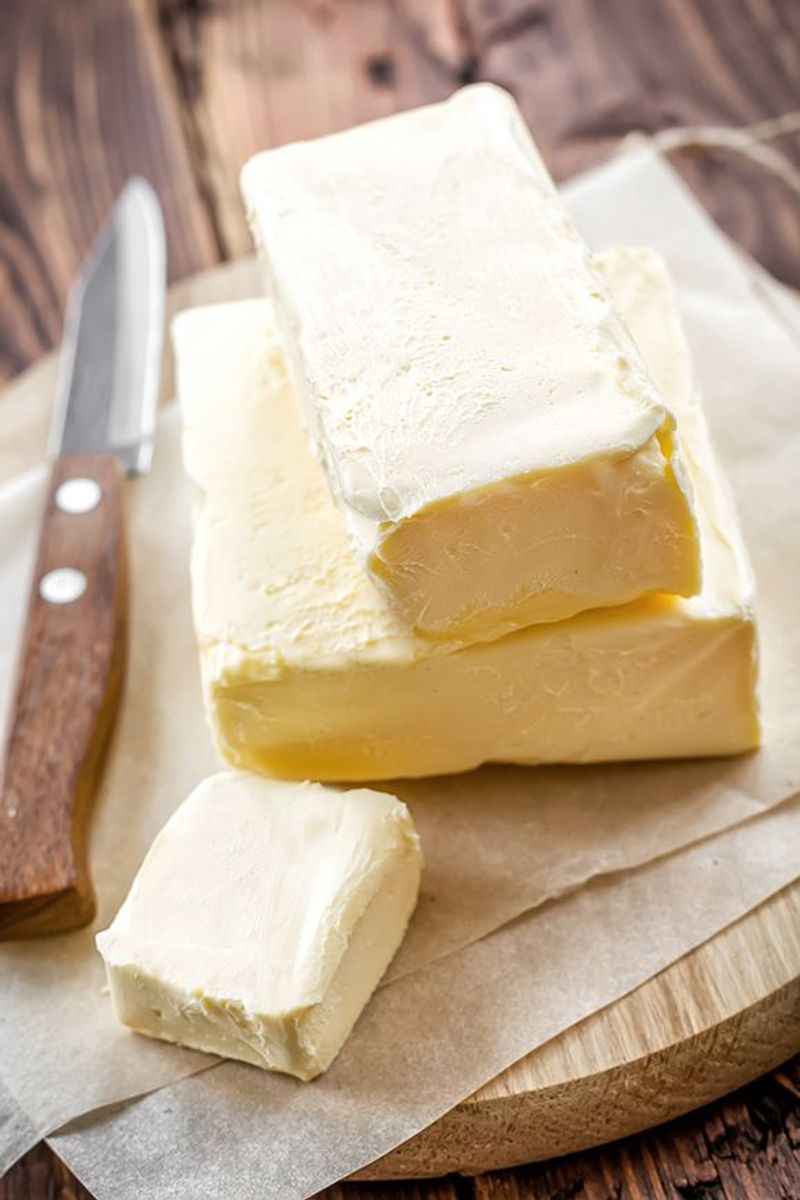
Old-school cooking methods might call for a spoonful of lard or a slab of butter, but that flavor comes at a cost.
Butter and lard are packed with saturated fats that raise your LDL cholesterol levels. That’s the stuff that clings to your artery walls like a stubborn roommate who refuses to leave. Over time, it can narrow your blood vessels and make it easier for clots to form.
Sure, that buttery flavor is magical—but moderation is the name of the game. Try healthier fats like olive oil or avocado oil when sautéing or roasting. You’ll still get a rich taste without the cardiovascular baggage.
11. Salted Nuts
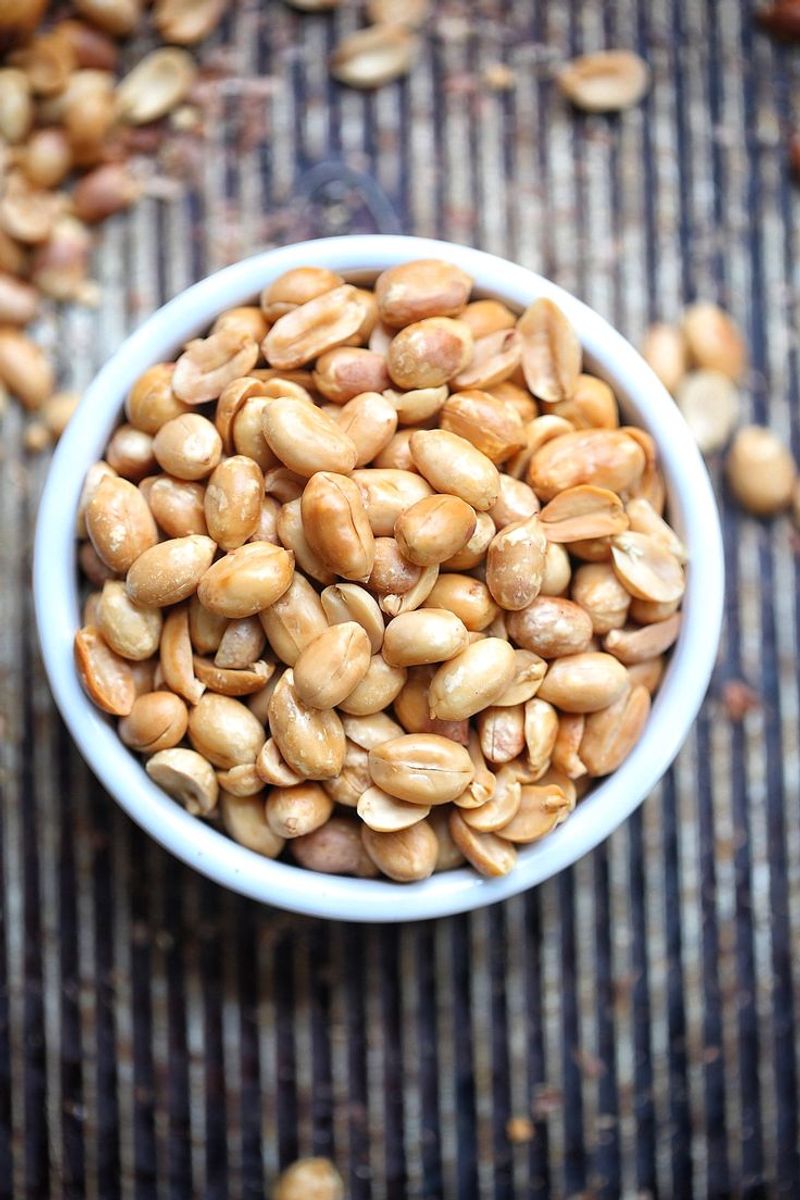
Nuts are healthy, right? Well, yes… until they take a dive into a pool of salt.
Those innocent-looking salted peanuts or flavored mixed nuts can contain a sodium overload that works against all the heart-healthy benefits they’re supposed to have. High salt intake raises blood pressure, strains your arteries, and makes strokes more likely over time.
Go for raw or lightly roasted unsalted nuts instead. They’re still crunchy, satisfying, and full of good fats—just without the salty sabotage. Your heart and brain will be able to snack in peace.
12. Pickled or Fermented Foods with Salt
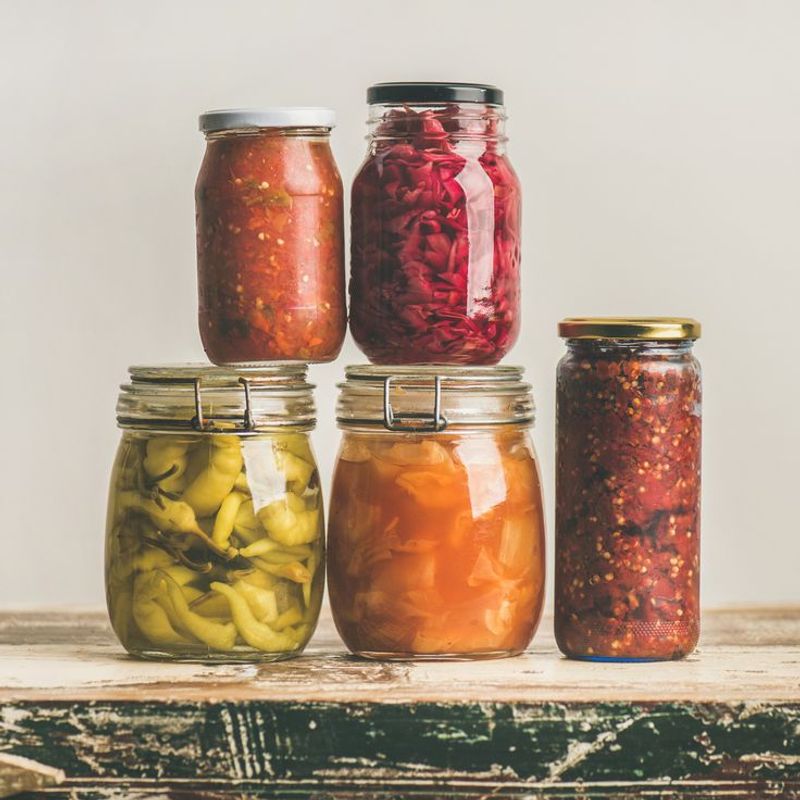
They might be tangy and addicting, but your favorite pickles and salty fermented treats aren’t always your allies.
Traditional pickled foods like cucumbers, sauerkraut, or kimchi can be sky-high in sodium. When consumed in excess, they nudge your blood pressure higher and higher, creating the perfect storm for a stroke.
Now, not all fermented foods are bad—many are great for gut health. But when they’re swimming in brine that could double as ocean water, that’s where the trouble starts.
Keep your portions small, read the labels, or better yet, make your own low-sodium versions. Your arteries will breathe a sigh of relief.
1. Leafy Greens (Spinach, Kale)
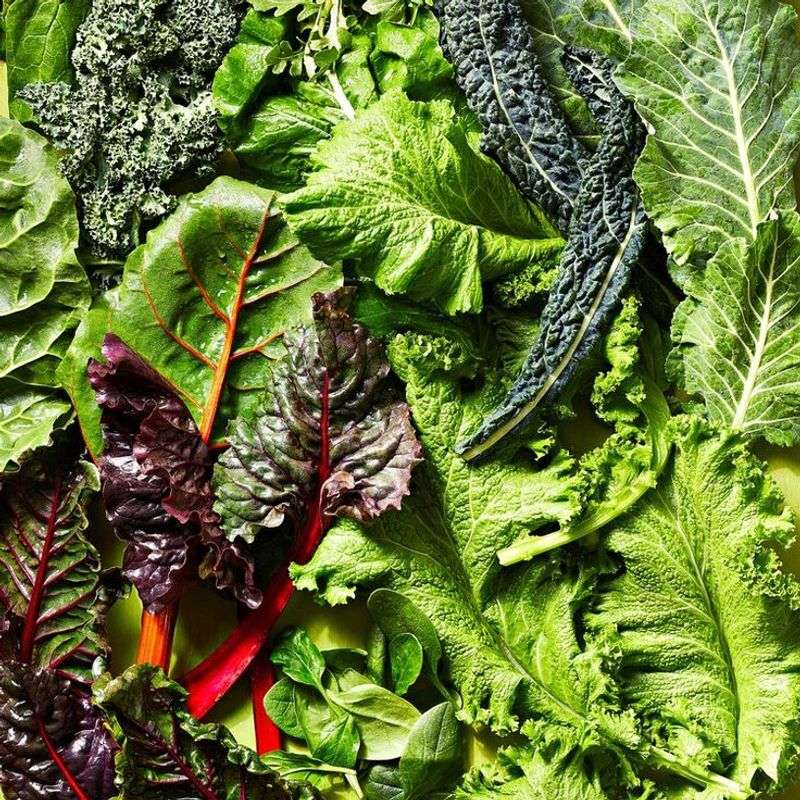
Popeye was definitely onto something—turns out those greens really are brain fuel.
Leafy vegetables like spinach, kale, arugula, and Swiss chard are packed with potassium, folate, and nitrates. This trio helps keep your blood pressure in check, reduces artery stiffness, and keeps the red stuff flowing smoothly upstairs.
The best part? They’re ridiculously versatile. Toss them in smoothies, layer them in sandwiches, stir them into pasta, or sauté them with garlic. They’re basically the cool kids of the produce aisle—nutritious, flexible, and always on-trend. Your arteries will absolutely thrive with these leafy legends in your corner.
2. Fatty Fish (Salmon, Mackerel)
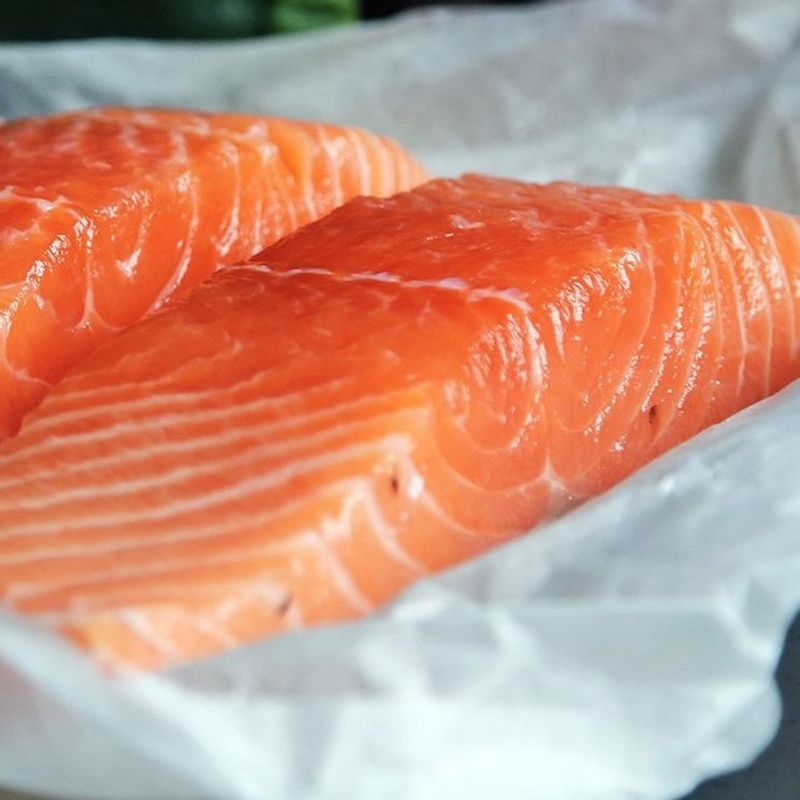
Dinner that fights strokes while tasting like luxury? Sign us up.
Fatty fish like salmon, sardines, and mackerel are loaded with omega-3 fatty acids. These healthy fats reduce inflammation, lower triglycerides, and help prevent blood clots—basically giving your vascular system a nice, peaceful spa day.
Plus, these fish bring the flavor. Whether grilled, baked, or pan-seared with herbs and lemon, they’re a feast for both your mouth and your circulatory system. Try eating fatty fish at least twice a week and watch your brain and heart become besties.
3. Berries
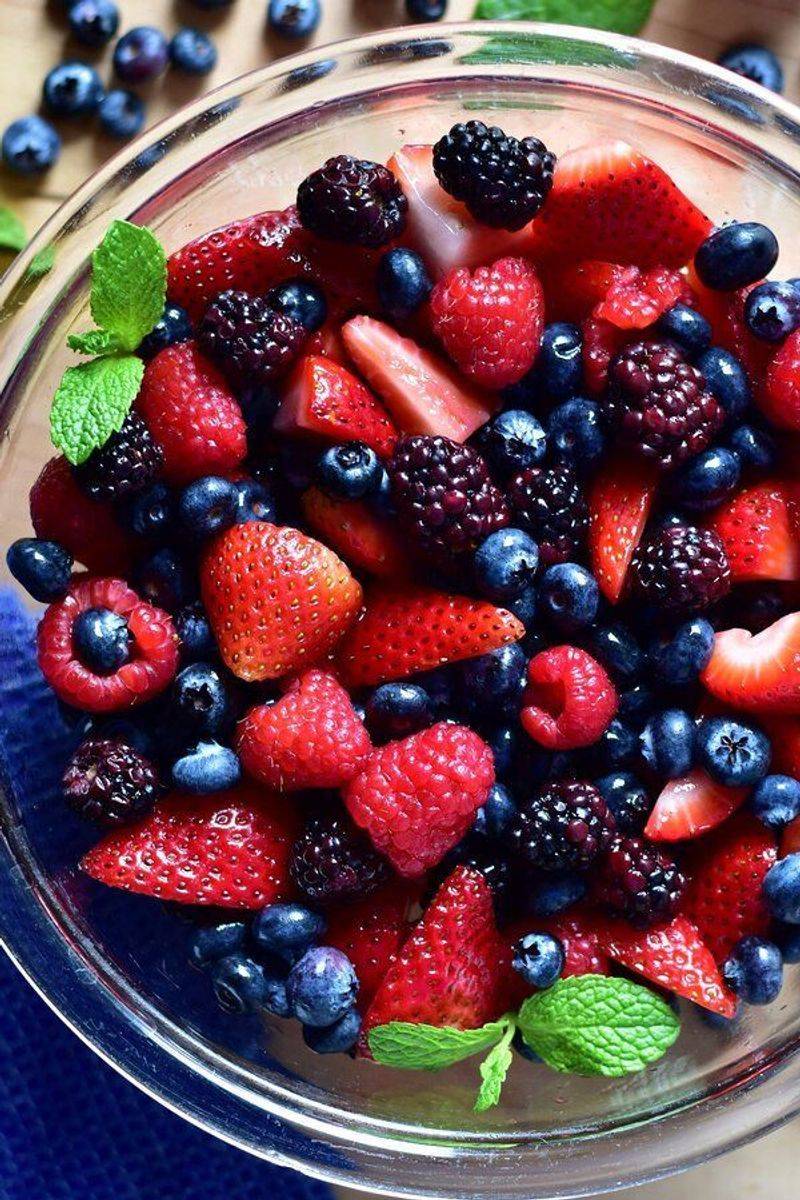
Bursting with color, flavor, and superhero powers, berries are a sweet treat that your body actually wants you to eat.
Blueberries, strawberries, raspberries—you name it. They’re packed with antioxidants, especially anthocyanins, which reduce oxidative stress and improve blood vessel function. That means better blood flow and a lower risk of stroke.
They also help regulate blood sugar, which keeps your insulin and inflammation levels nice and calm. Toss them on yogurt, blend them into smoothies, or snack on them straight from the container. It’s like dessert without the guilt—or the trip to the ER.
4. Nuts (Unsalted Walnuts, Almonds)
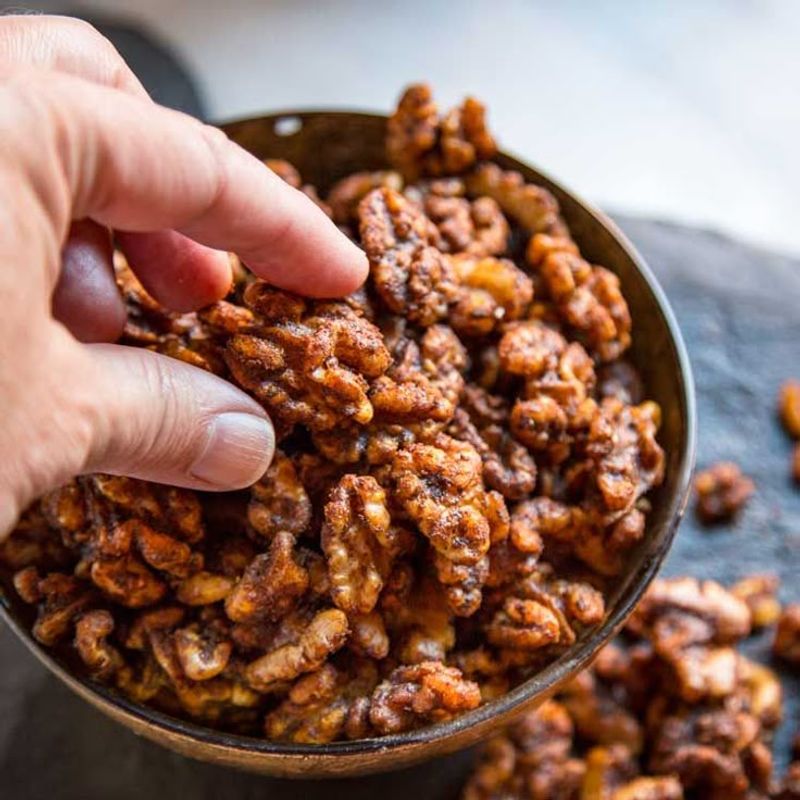
Crunchy, satisfying, and delightfully heart-healthy—nuts are the snack that keeps on giving.
Almonds, walnuts, and pistachios (unsalted, please!) are rich in magnesium, fiber, and unsaturated fats. These nutrients help reduce bad cholesterol, improve circulation, and stabilize your blood pressure.
Plus, they’re portable, mess-free, and perfect for tossing into salads, oatmeal, or just straight into your mouth during your 3 p.m. slump. Just don’t go overboard—nuts are calorie-dense, so a small handful goes a long way. Think of them as nature’s little stroke-shielding snacks.
5. Whole Grains (Oats, Brown Rice, Quinoa)
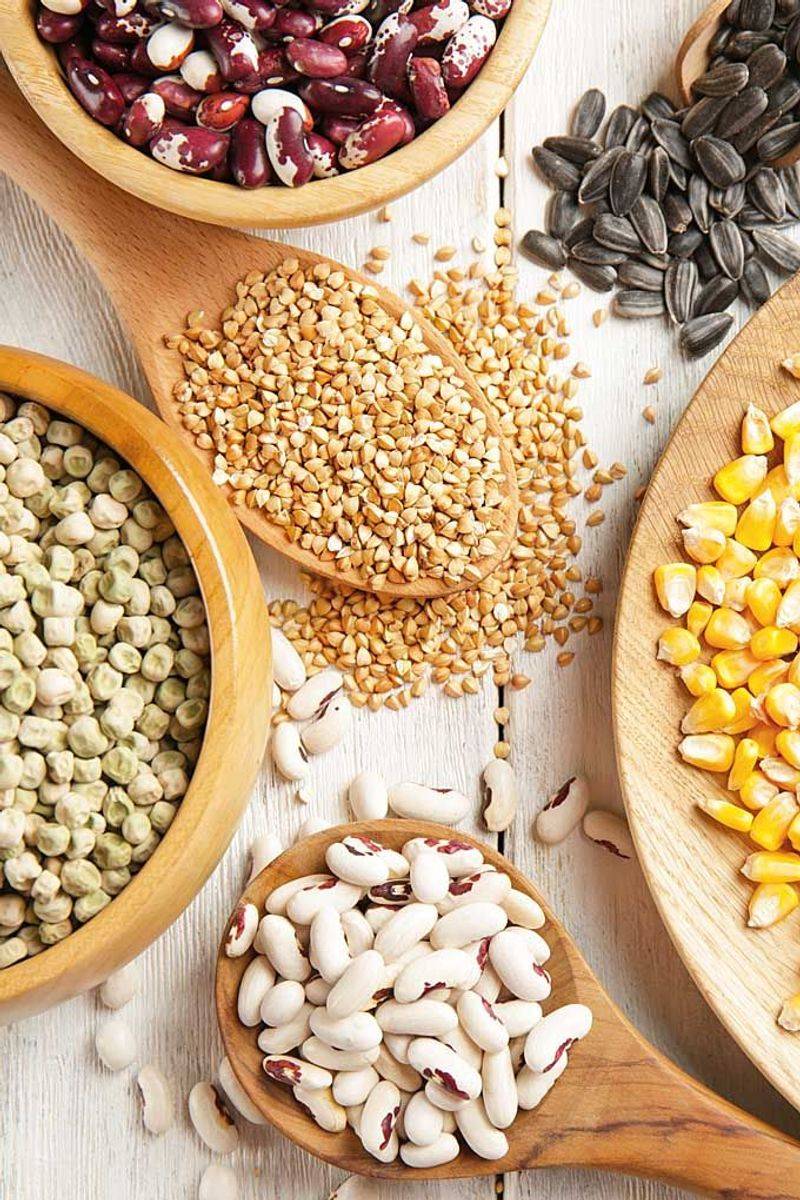
Bread doesn’t have to be the villain—just choose the whole-grain squad.
Whole grains are rich in fiber, which helps lower LDL cholesterol and keeps your blood sugar steady. That’s great news for your heart and even better news for your brain. Oats, quinoa, barley, and brown rice all promote healthy blood flow and reduce stroke risk over time.
They’re hearty, comforting, and surprisingly easy to work into your daily meals. Swap white rice for quinoa or opt for steel-cut oats in the morning instead of sugary cereal. It’s like leveling up your carbs without sacrificing flavor.
6. Avocados
This creamy green fruit is basically a stroke-fighting machine in disguise.
Avocados are packed with heart-healthy monounsaturated fats, potassium, and antioxidants. They help lower blood pressure and bad cholesterol while giving good cholesterol a boost. That’s like giving your arteries a hug from the inside.
Smash it on toast, slice it into salads, or blend it into smoothies—it’s a rich, satisfying food that also just so happens to protect your brain. And let’s be honest: no one’s ever sad to see avocado show up on their plate.
7. Tomatoes
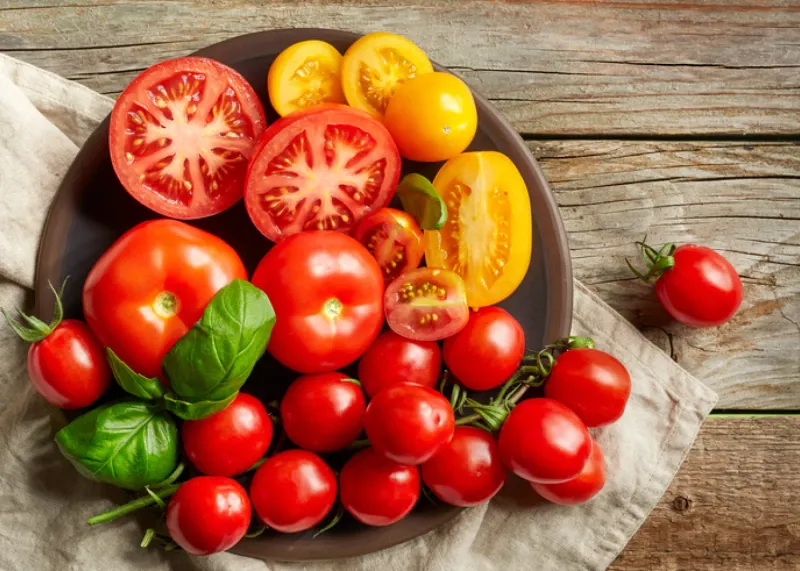
Juicy, vibrant, and loaded with lycopene—tomatoes are the unsung heroes of stroke prevention.
Lycopene is a powerful antioxidant that helps fight inflammation and keeps your arteries flexible and happy. Tomatoes also provide potassium, which keeps blood pressure from doing backflips.
Whether you’re slicing them fresh, roasting them for pasta sauce, or tossing cherry tomatoes into salads, this fruit (yep, technically a fruit) is a versatile ally in your anti-stroke arsenal. They’re like a red flag—only this one means “good for your heart.”
8. Beets

These vibrant purple powerhouses might stain your cutting board, but they’ll clean up your blood pressure beautifully.
Beets are naturally high in nitrates, which your body converts into nitric oxide—a compound that helps dilate blood vessels and improve blood flow. That means better circulation and a lower chance of clot formation.
Juice them, roast them, slice them raw on salads—just get them into your routine. They’re earthy, slightly sweet, and seriously good for your vascular health. Beets are basically nature’s way of saying, “Chill out, arteries.”
9. Olive Oil
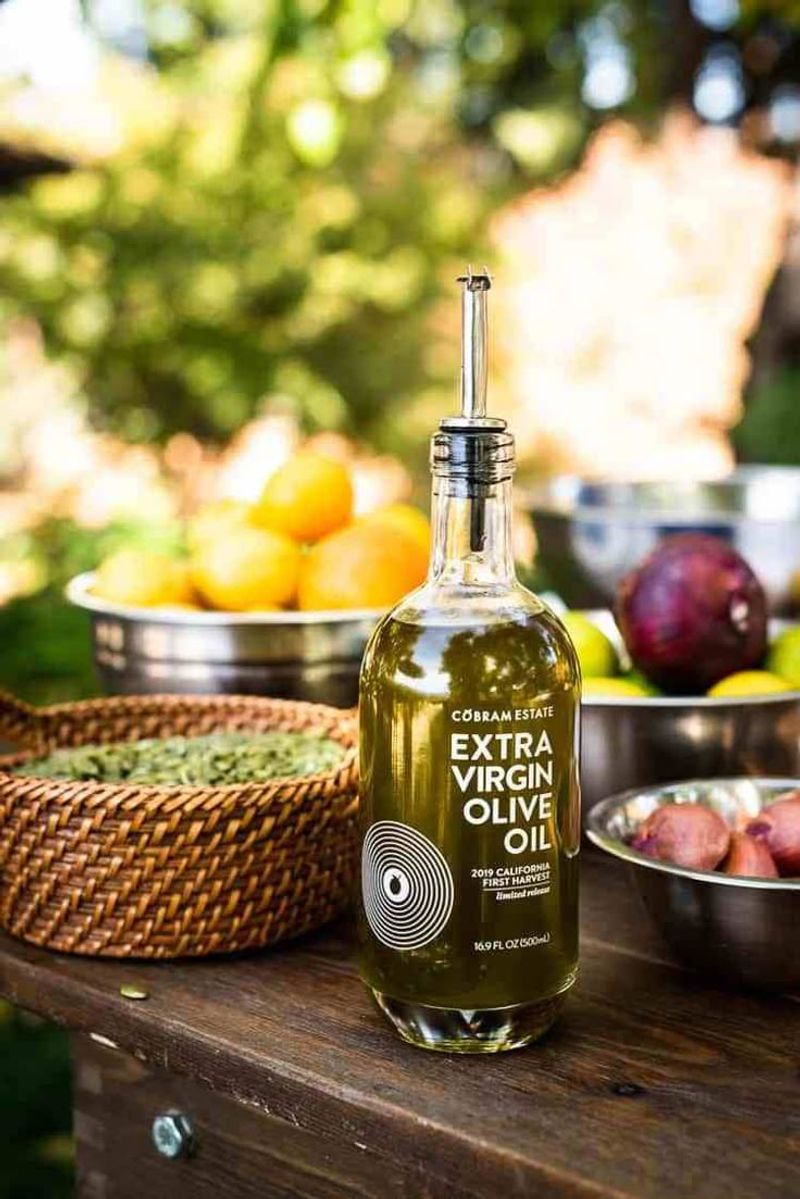
Liquid gold for your arteries? Absolutely.
Extra virgin olive oil is full of monounsaturated fats and antioxidants that reduce inflammation and protect your blood vessels from damage. It’s a staple in the Mediterranean diet—which, by the way, is practically the gold standard for heart and brain health.
Drizzle it over roasted veggies, mix it into salad dressings, or dip whole-grain bread in it like you’re dining in Tuscany. Every spoonful is a step away from stroke territory and into flavor town.
10. Garlic
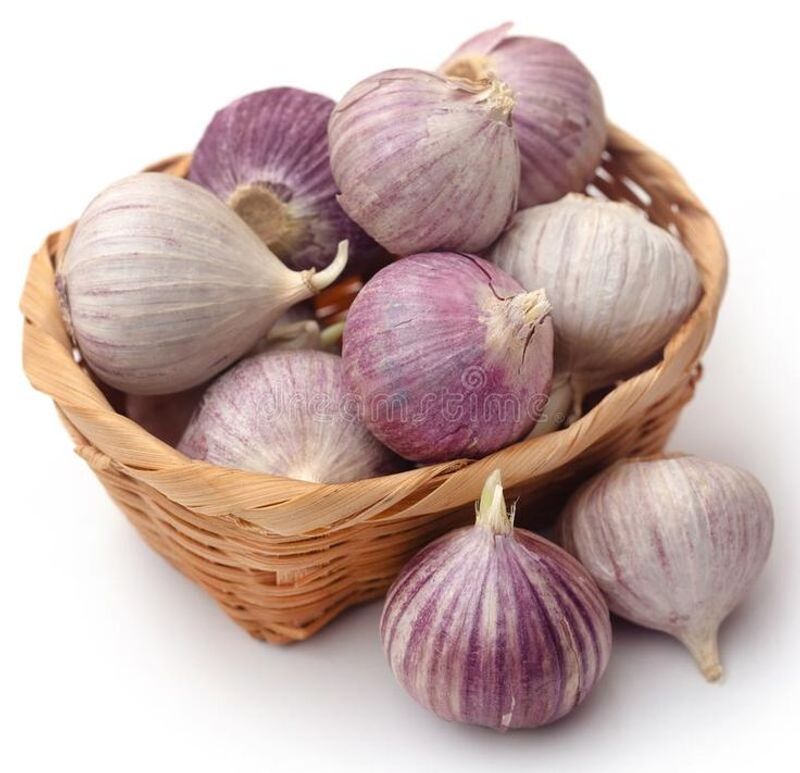
It may make your breath questionable, but it makes your blood flow fantastic.
Garlic contains allicin, a compound with serious heart benefits. It helps lower blood pressure, reduces cholesterol, and even has natural blood-thinning properties. Basically, it keeps things moving smoothly through your arteries.
Throw it in everything—soups, stews, stir-fries, even roasted whole. Your taste buds and your circulatory system will both throw you a thank-you party. Just maybe keep some gum handy.
11. Low-Fat Dairy

Dairy without the drama? Yes, please.
Low-fat options like yogurt, milk, and cheese provide calcium and potassium—two minerals that work together to manage blood pressure and keep your cardiovascular system running smoothly.
Swap the full-fat versions (which can be heavy on saturated fat) for skim or 1% versions. Greek yogurt, cottage cheese, and kefir are especially great choices that double as tasty snacks or meal add-ons. Healthy bones, happy arteries—it’s a win-win.
12. Dark Chocolate (in moderation)
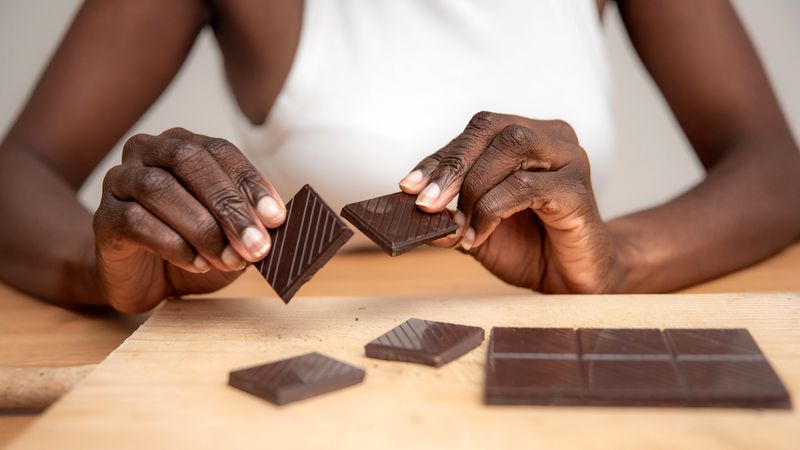
Here’s the sweet surprise you’ve been waiting for—chocolate can actually help your brain.
Dark chocolate (we’re talking 70% cocoa and up) is rich in flavonoids, which are antioxidants that improve blood flow and reduce inflammation. A small piece can help lower your stroke risk and satisfy your sweet tooth in one smooth move.
Just don’t go overboard—it’s still a treat, not a food group. But a square a day? Your taste buds celebrate, your arteries relax, and your mood gets a boost. It’s basically self-care in snack form.
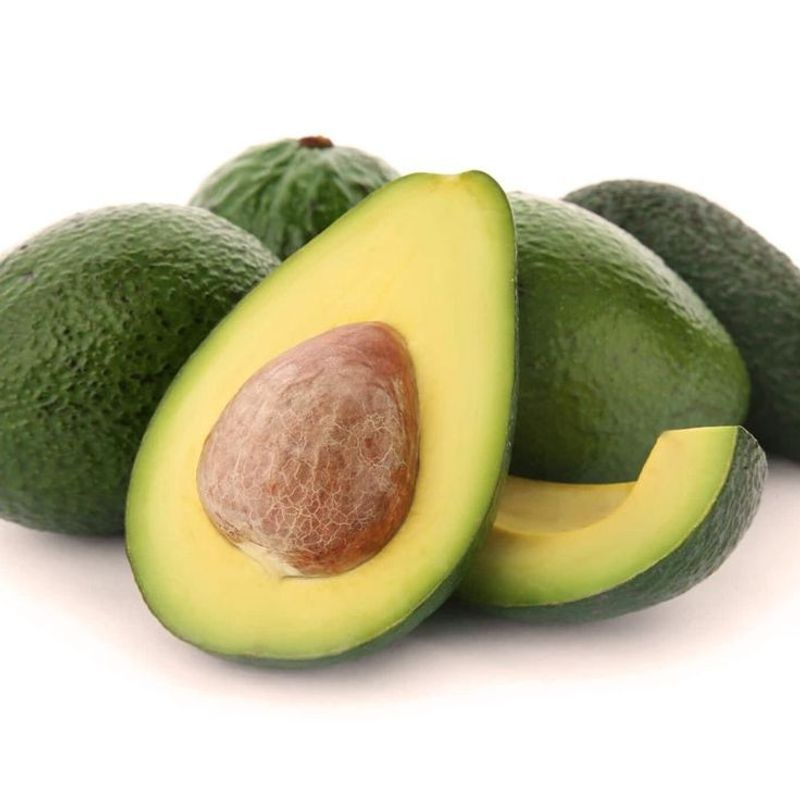
Leave a comment